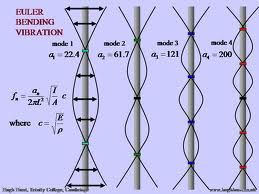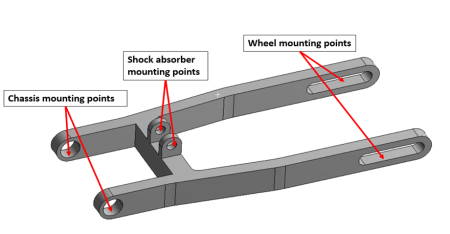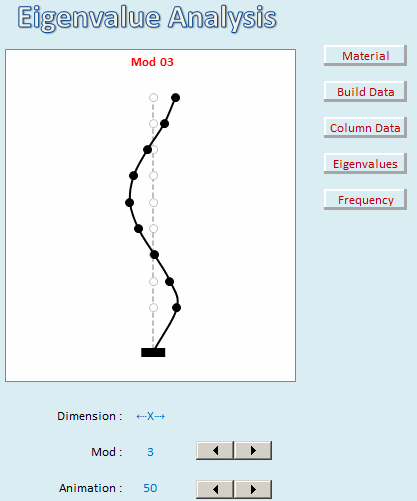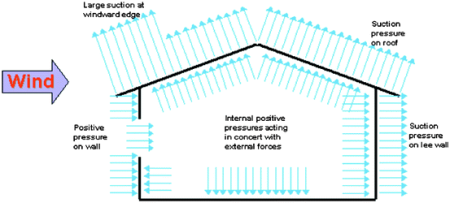Dynamics
5 ContainersFiles in Dynamics
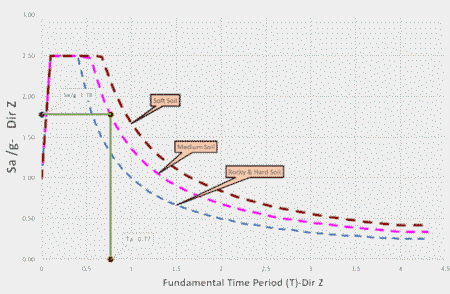
IS 1893 SESIMIC CALC _ RS SPECTRA & EQUIVALENT STATIC
Spreadsheet to calculate IS 1893: 2016 Seismic coefficient and base shear Features included :
- Option to include User defined time period as ...
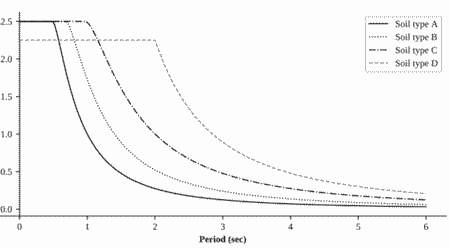
NBC Seismic Load Calculation
The National Building Code (NBC) of India is a comprehensive document that provides guidelines for the design and construction of bui...

Probablistic Seismic Hazard Analysis
Probabilistic Seismic Hazard Analysis (PSHA) is a quantitative method used to assess the likelihood of ground shaking at a specific location due to...
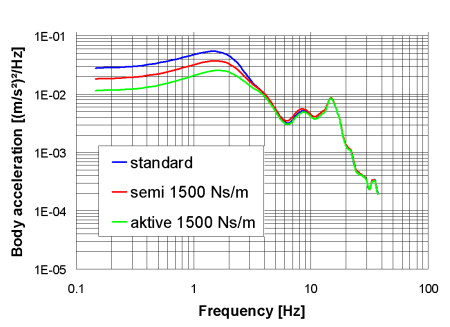
PSD Profile Random Vibration.
This program calculate the equavalent GRMS value of a random vibration profile
Calculation Reference Vibration
Random Vibration
...
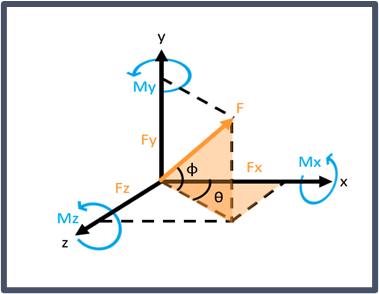
Reaction Force Check 2.0
Spreadsheet is able to find the x,y,z reaction forces of various fixed connections or bolt patterns in 3-dimensions using vector st...

Wheel Load computation for crane girders
The spreadsheet claculated wheel load on crane girder easy input options are provided for inputs. User friendly and much easier to use.
...


